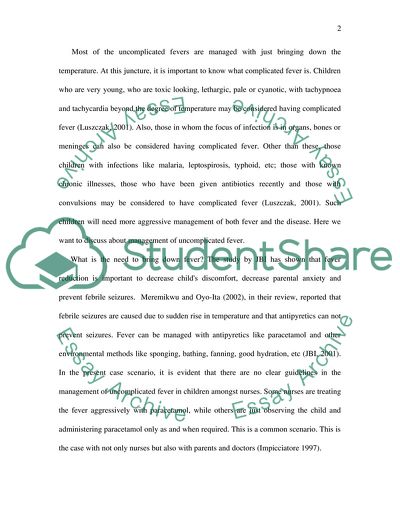Cite this document
(“Management of uncomplicated fever in children Essay”, n.d.)
Management of uncomplicated fever in children Essay. Retrieved from https://studentshare.org/health-sciences-medicine/1541875-management-of-uncomplicated-fever-in-children
Management of uncomplicated fever in children Essay. Retrieved from https://studentshare.org/health-sciences-medicine/1541875-management-of-uncomplicated-fever-in-children
(Management of Uncomplicated Fever in Children Essay)
Management of Uncomplicated Fever in Children Essay. https://studentshare.org/health-sciences-medicine/1541875-management-of-uncomplicated-fever-in-children.
Management of Uncomplicated Fever in Children Essay. https://studentshare.org/health-sciences-medicine/1541875-management-of-uncomplicated-fever-in-children.
“Management of Uncomplicated Fever in Children Essay”, n.d. https://studentshare.org/health-sciences-medicine/1541875-management-of-uncomplicated-fever-in-children.


